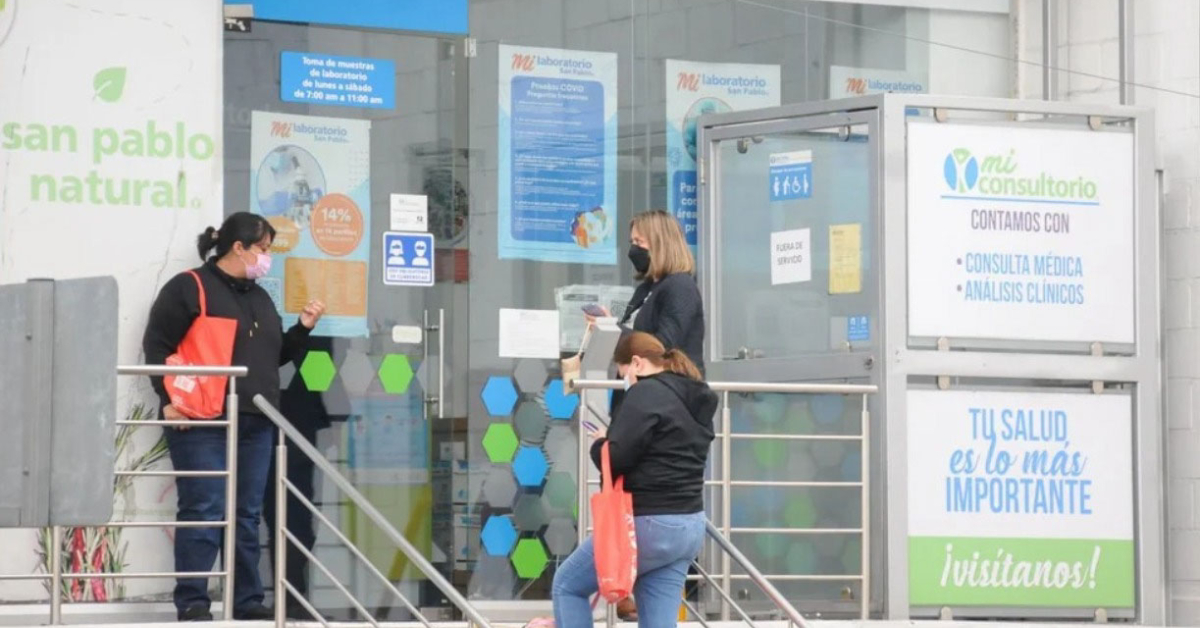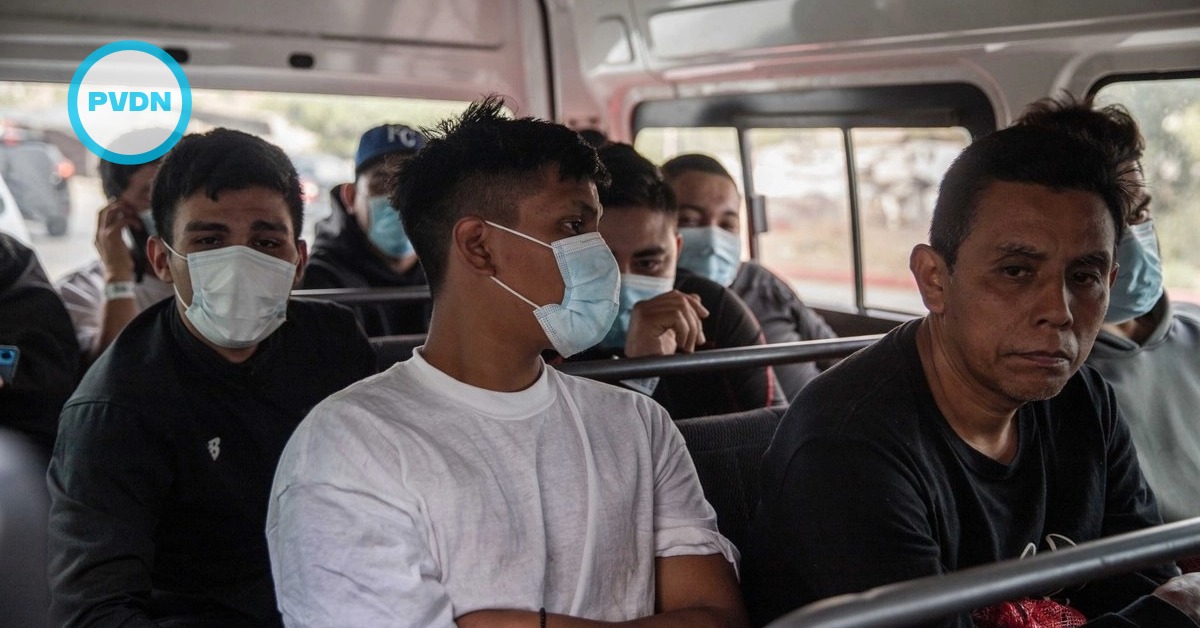It is no news to anyone that for decades the public health system in Mexico has been in a downward spiral, but in recent years the problem of poor medical care has deepened with a huge shortage of medicines, doctors, poor working conditions for health professionals, bureaucracy, and clinics and hospitals falling apart.
President Andrés Manuel López Obrador (AMLO) won the presidency of Mexico with 100 campaign promises. One of them was to have a Mexican public health system like that of Norway or Denmark: where health is a free public right and of very . . .






